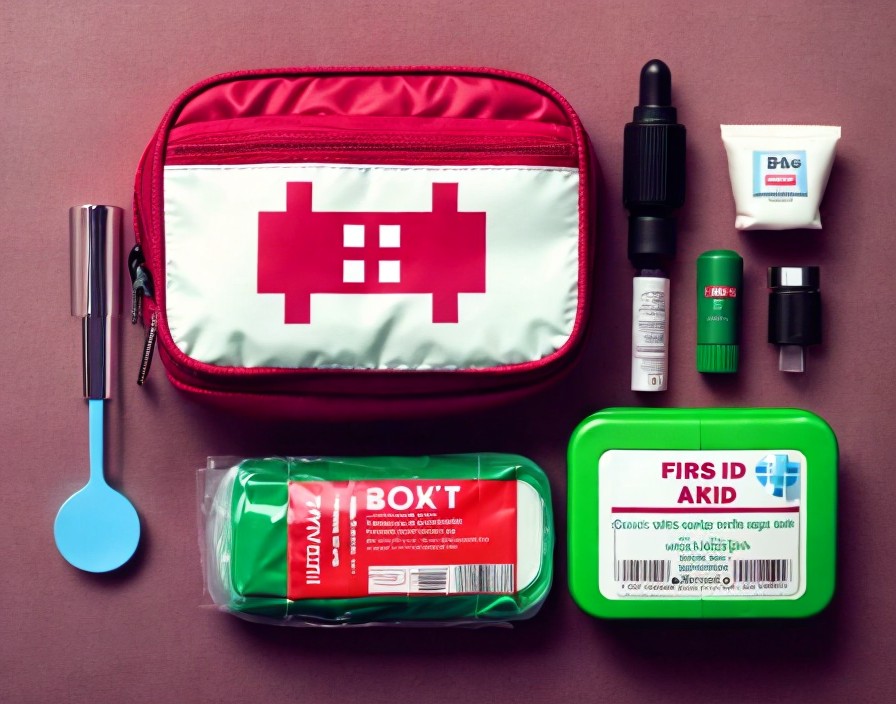
As parents, we constantly think about the essential skills our children need to navigate the complexities of life. While academic knowledge is crucial, there are certain life skills that often take a backseat but are equally, if not more, important. In this blog post, we will discuss three vital skills: holding boundaries, problem-solving, and the art of self-love. These skills will not only help your children grow into confident and capable adults but will also ensure they lead fulfilling and balanced lives.
1. Holding Boundaries
Why It Matters: Holding boundaries is a fundamental skill that helps children understand their limits and respect the limits of others. It teaches them to say no when necessary, to prioritize their well-being, and to foster healthy relationships.
How to Teach It:
- Model Boundaries: Demonstrate clear boundaries in your own life. Show your children that it’s okay to decline invitations, to take time for yourself, and to set limits on your time and energy.
- Communicate Clearly: Teach your children to articulate their needs and limits clearly and respectfully. Role-play scenarios where they might need to enforce a boundary, such as saying no to peer pressure.
- Respect Their Boundaries: When your child sets a boundary, respect it. This could be as simple as knocking before entering their room or honoring their need for alone time.
2. Problem-Solving Skills
Why It Matters: Problem-solving skills are crucial for navigating life’s challenges. Children who can analyze situations, think critically, and come up with solutions are better equipped to handle difficulties and to succeed in various aspects of life.
How to Teach It:
- Encourage Critical Thinking: Ask open-ended questions that require more than a yes or no answer. Encourage your children to think about different outcomes and consequences of their actions.
- Let Them Struggle: It’s tempting to solve problems for your children, but allowing them to struggle and find solutions fosters independence and resilience.
- Use Real-Life Scenarios: Present everyday problems and encourage your children to come up with solutions. For example, if a toy is broken, ask how they might fix it or what alternatives they can think of.
3. The Art of Self-Love
Why It Matters: Self-love is the foundation of a healthy self-esteem and mental well-being. Teaching children to love and accept themselves fosters a positive self-image and helps them to navigate life with confidence and resilience.
How to Teach It:
- Positive Affirmations: Encourage your children to practice positive self-talk. Help them create affirmations that they can repeat daily, such as “I am capable,” “I am worthy,” and “I am loved.”
- Self-Care Routines: Teach your children the importance of self-care. This can include activities they enjoy, taking care of their physical health, and setting aside time for relaxation and hobbies.
- Celebrate Their Uniqueness: Emphasize that everyone is unique and that differences are to be celebrated. Encourage your children to embrace their individual qualities and talents.
By focusing on these three essential skills—holding boundaries, problem-solving, and the art of self-love—you can help your children build a solid foundation for their future. These skills will enable them to face life’s challenges with confidence, maintain healthy relationships, and nurture their well-being. As you nurture these abilities in your children, you are not only preparing them for the practical aspects of life but also empowering them to lead happy, fulfilling lives.
What are the top skills you would like your children to learn? Share your thoughts in the comments below! And stay tuned for our next blog, where we will delve into more tips and strategies for raising well-rounded and resilient children.
















